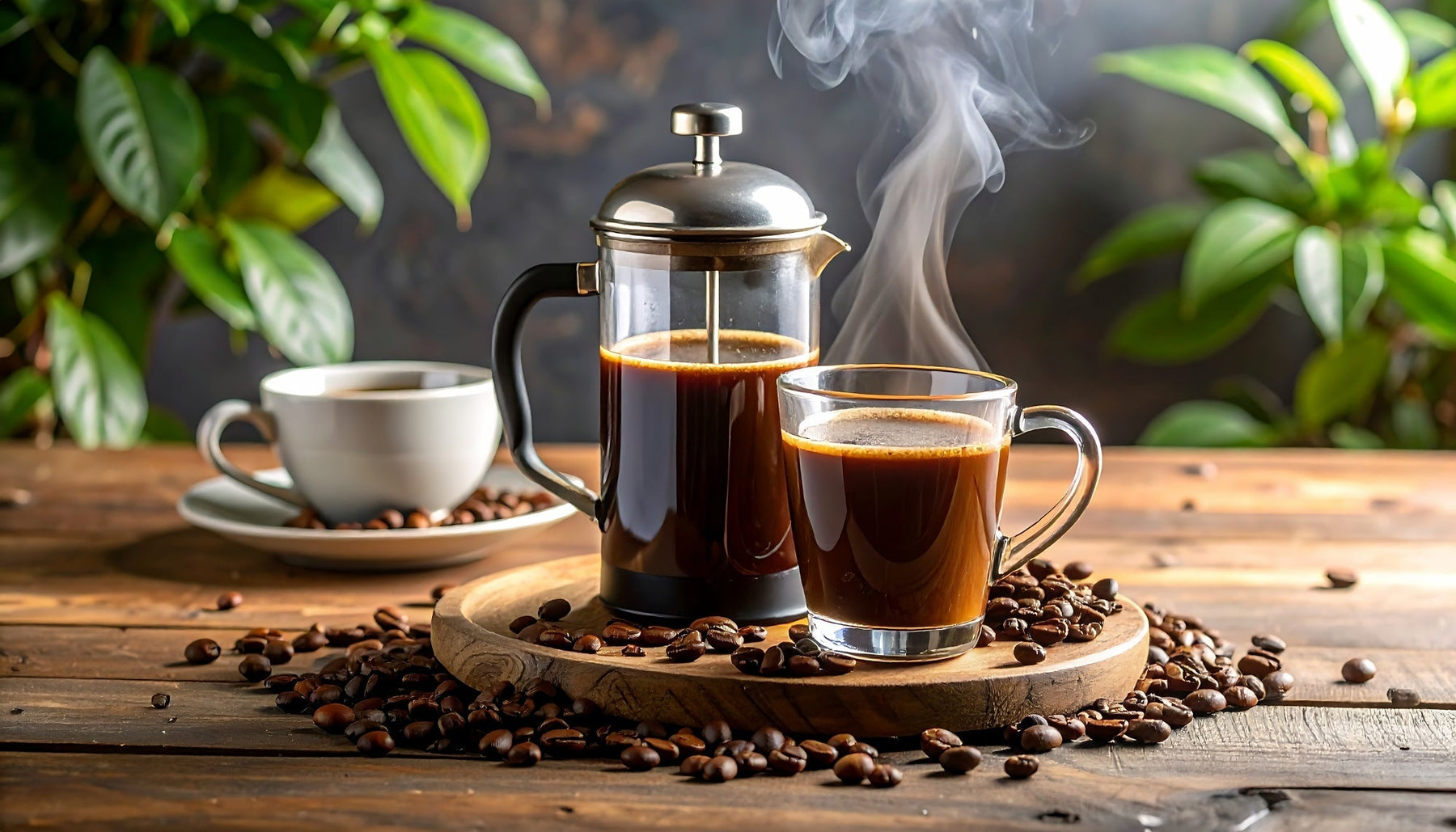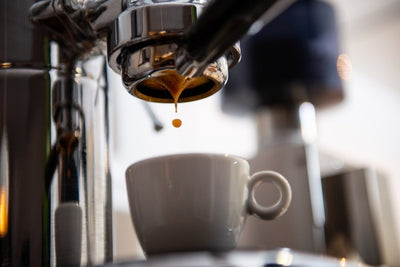
What’s Special about Borosilicate Glass?
Did you know that the chemical composition of glass varies significantly depending on its intended use? The chemical makeup of glass directly affects its physical, thermal, optical, and chemical properties.
All glass is primarily made from silica (SiO₂), but various additives called fluxes and stabilizers are mixed with silica to change the characteristics of the glass.
If an application demands that glass that can withstand extreme temperatures, resist chemicals, and endure the rigors of both laboratories and kitchens, borosilicate glass is the gold standard. Often found in coffee servers and tea infusers, borosilicate glass combines durability, versatility, and clarity like no other.
What is borosilicate glass?
Borosilicate glass is a type of glass made primarily from silica (silicon dioxide) and boron trioxide, which gives it unique thermal and chemical resistance. Unlike ordinary soda-lime glass (used in typical windows and bottles), borosilicate glass can withstand rapid temperature changes without cracking or breaking. Its primary ingredients are:
~70–80% Silica (SiO₂)
~12–13% Boric Oxide (B₂O₃)
~4% Sodium Oxide (Na₂O)
~2–3% Aluminum Oxide (Al₂O₃)
How do ingredients alter the properties of glass?
Each additive to glass changes the way the material behaves:
- Boron improves heat resistance.
- Lead enhances optical clarity and weight (hence lead crystal).
- Aluminium oxide increases mechanical strength.
- Sodium Oxide lowers the melting point of glass to make it easier to work with during manufacturing. But sodium also reduces durability.

What are the benefits of borosilicate glass?
Thermal Shock Resistance
Perhaps the most important feature of borosilicate glass is its ability to endure rapid changes in temperature. You can take it from freezer to oven without issue or pour boiling water into a cold glass without it shattering. This makes it ideal for a variety of applications including laboratory glassware, coffee mugs, vape tanks, French presses and lighting.
Chemical durability
Borosilicate glass is highly resistant to chemicals. For this reason, it is indispensable in scientific labs and industrial applications. It doesn’t corrode or leach substances, which ensures it is safe for food storage, beverage and medical applications.
Clarity and strength
It’s not just tough, borosilicate glass is also beautiful. It will maintain its clarity over extended periods of time as it is resistant to clouding or discoloration, even after repeated heating and washing. It’s also harder and more scratch-resistant than regular glass.
Eco-friendly and recyclable
Borosilicate glass is non-toxic and fully recyclable. It is a more sustainable choice for consumers and manufacturers looking to reduce plastic use.
Is all heat-resistant glass borosilicate glass?
It’s important to note that not all glass marketed as "heat-resistant" is true borosilicate. For example, modern Pyrex glass sold in the US is often made from tempered soda-lime glass, which is more prone to thermal breakage than the true borosilicate versions of Pyrex products sold in Europe or by labware brands.
What is the history of borosilicate glass?
Borosilicate glass was first developed in the late 19th century by German chemist Otto Schott, and the material gained widespread recognition when Corning Glass Works released Pyrex in 1915. Since then, its applications have grown exponentially across multiple industries.
Strong, safe, and versatile
Glass is far from a one-size-fits-all material. It’s a carefully engineered product with its composition being tailored to specific purposes. Borosilicate glass is strong, safe, heat-resistant, sustainable and versatile.
When you read about products and find that they are manufactured using borosilicate glass, you now know why that type of glass was chosen.



Leave a comment